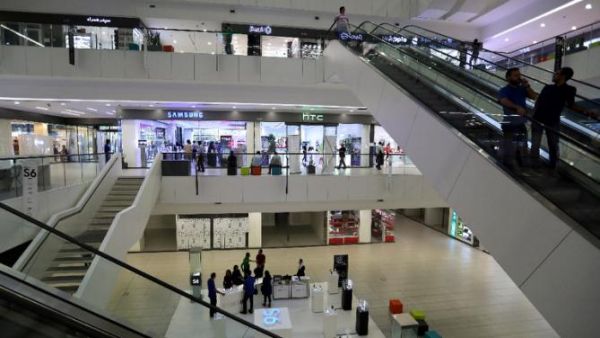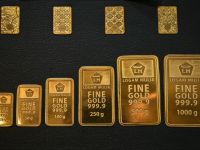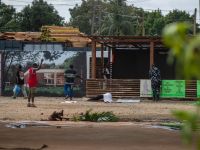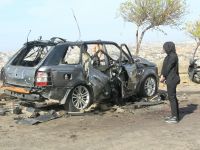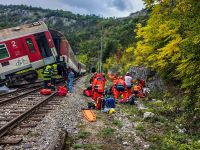The brand new mega-malls of Tehran
Sam Center, Palladium, Kurosh, Hyper Star — these are the names of some of the newest and most luxurious shopping centers to have been built in Tehran over the past few years. The majority of them were built and opened when Iran was suffering its worst economic crisis because of runaway inflation and heavy sanctions, which badly hobbled the economy.
But in the days following the nuclear agreement, hopes that sanctions might be lifted are stronger than ever, and inflation — which had risen to nearly 50 percent — is under control. So these shopping centers are sprucing themselves up in expectation of a boom, although, as a deep recession continues to weigh down the commercial economy, business people say that business remains in a less than good shape.
Continue reading on IranWire
No, Donald Trump, Mideast wouldn't be more stable under Saddam and other dictators
Donald Trump alleged this weekend that “of course” the Middle East would be more stable if dictators like Saddam Hussein and Muammar Gaddafi were still around or if Bashar al-Assad could be restored in Syria.
The mistake Mr. Trump is making is to think ahistorically, that is, to think as though societies do not change dramatically over time. The Neoconservatives thought they could install a king over Iraq in 2003. But Iraqi society had overthrown the kings in 1958, and there is no going back. History may not be dialectical in exactly the Hegelian sense, but any historical situation does produce other, different situations over time.
Continue reading on Informed Comment
They weren't born to be martyrs, they were born to live
Martyrs are not heroes because they died, but rather because their humanity is manifested in their dreams, their connection to the land, their resilience in holding on to life in the face of oppression and occupation. The martyrs were not born to take part in a project of martyrdom, they were born to take part in the project called life. They sanctify life by sacrificing themselves for it.
Today, 15 years after the events of October 2000, we still discuss our martyrs in numbers and not in their human message for life. We commemorate them and yet we still imbue the hearts and minds of our youth with the ideas the sacrificing oneself and heroic descriptions of martyrdom.
Continue reading on +972


